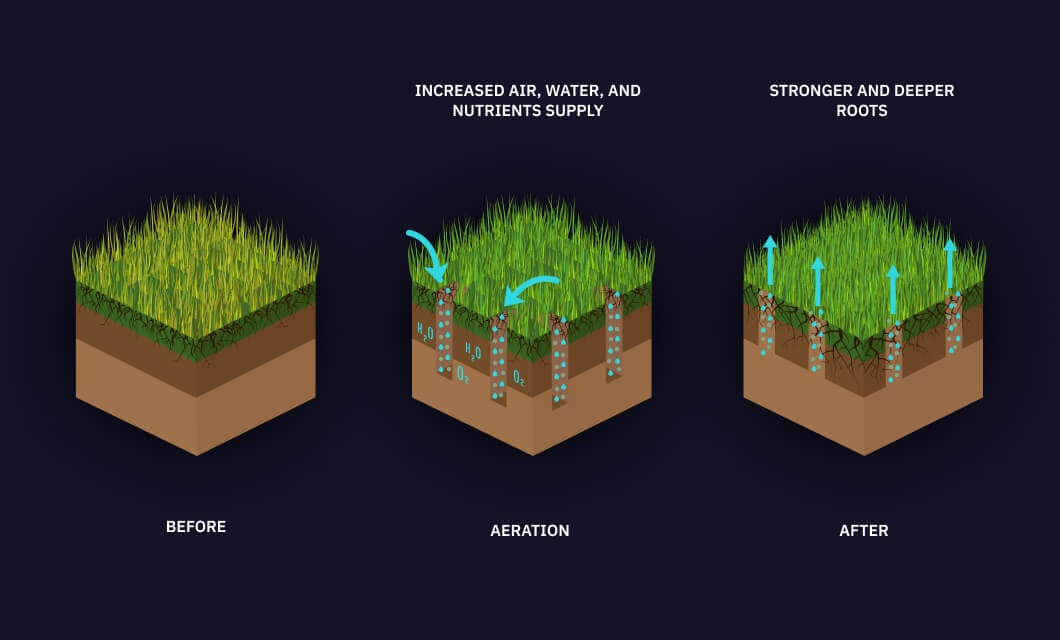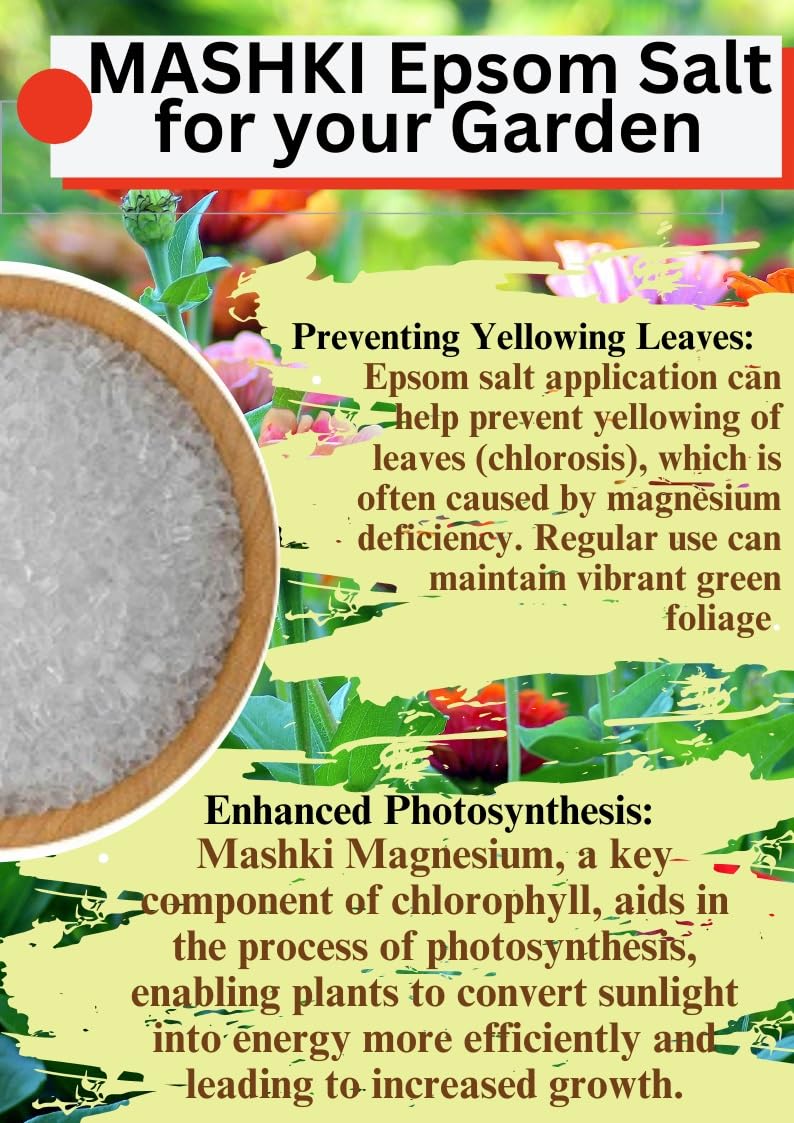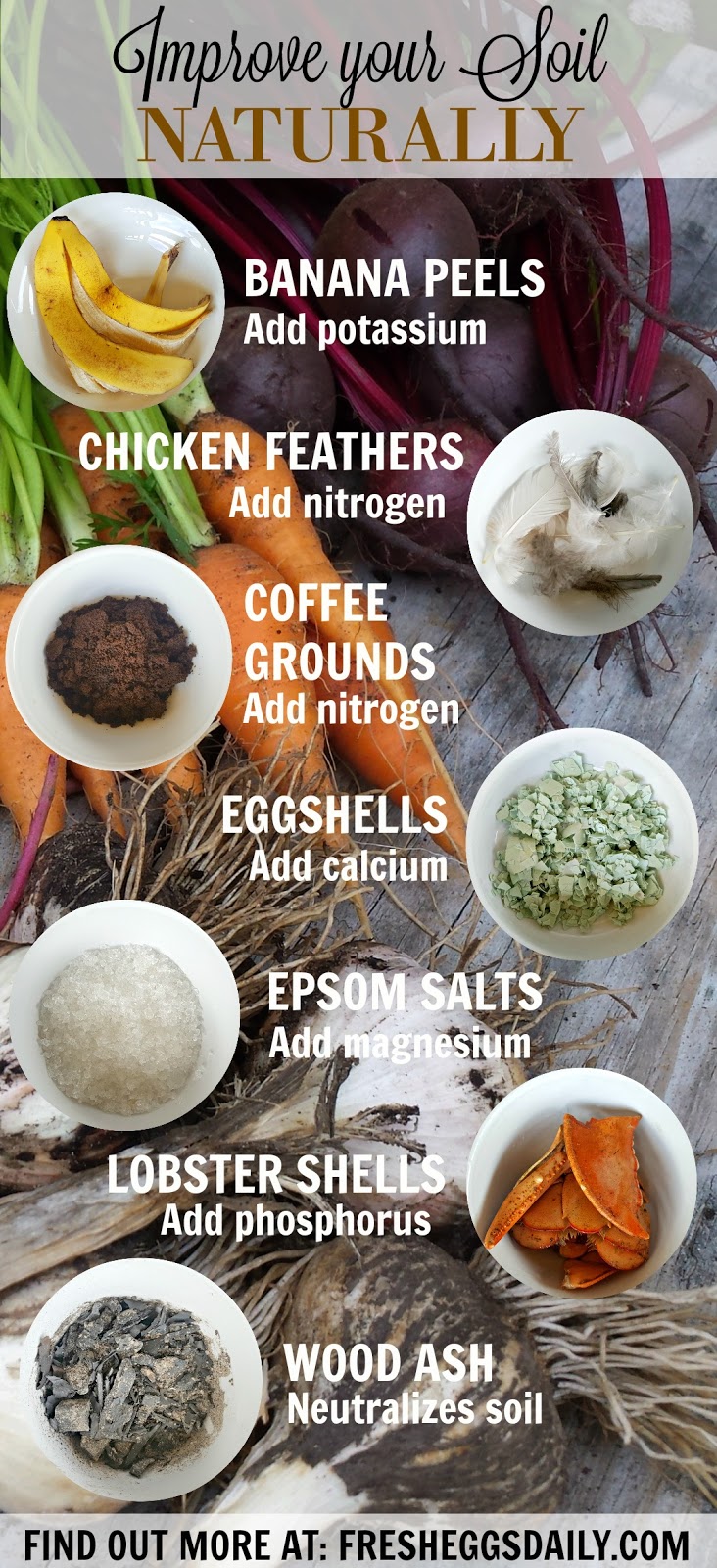How to Improve Soil Aeration Naturally
Soil aeration is an essential aspect of maintaining healthy soil for plants to grow. Poorly aerated soil can lead to stunted plant growth, waterlogged conditions, and increased susceptibility to diseases. While there are chemical solutions available to improve soil aeration, there are also natural methods that you can implement to enhance the quality of your soil. In this article, we will explore some easy and effective ways to improve soil aeration naturally.
1. Use Organic Matter
Adding organic matter to your soil is one of the best ways to improve soil aeration naturally. Organic matter, such as compost, acts as a soil conditioner, helping to improve soil structure and promote better drainage. As organic matter breaks down, it creates air pockets in the soil, allowing for better circulation of oxygen and carbon dioxide.
Additionally, organic matter provides essential nutrients for plants and beneficial microbes that help to maintain a healthy soil ecosystem. To improve soil aeration, consider adding compost, leaf litter, straw, or manure to your soil regularly.
2. Plant Cover Crops
Cover crops are plants grown specifically to improve soil health and fertility. They can help to break up compacted soil, improve drainage, and increase organic matter content in the soil. Some cover crops, such as legumes, have deep root systems that can help to loosen compacted soil and improve soil aeration.
When cover crops are tilled back into the soil, they add organic matter and nutrients, improving soil structure and promoting better aeration. Consider planting cover crops like clover, vetch, or ryegrass to naturally improve soil aeration in your garden.
3. Avoid Over-Compacting Soil
One of the main causes of poor soil aeration is over-compacted soil. Heavy machinery, foot traffic, and excessive tilling can lead to soil compaction, restricting air and water movement within the soil. To avoid over-compacting your soil, limit heavy machinery use, create designated pathways to walk on, and minimize unnecessary tilling.
By avoiding over-compacting soil, you can help to maintain a healthy soil structure and promote better soil aeration. Consider using raised beds or implementing no-till gardening practices to protect your soil from unnecessary compaction.
4. Practice Mulching
Mulching is a simple and effective way to improve soil aeration naturally. Mulch helps to regulate soil temperature, reduce moisture loss, and suppress weeds. Organic mulches, such as straw, wood chips, or leaves, break down over time, adding organic matter to the soil and creating air pockets.
By mulching your garden beds regularly, you can enhance soil aeration, improve soil structure, and promote better plant health. Consider applying a 2-4 inch layer of mulch around your plants to reap the benefits of improved soil aeration.
5. Rotate Crops
Rotating crops in your garden can help to improve soil aeration naturally. Different crops have varying root structures and nutrient needs, which can help to break up compacted soil and prevent soil depletion. Rotating crops also reduces the risk of soil-borne diseases and pests, promoting overall soil health.
When planning your garden layout, consider rotating your crops annually to maximize soil aeration and fertility. Planting a diverse range of crops can help to maintain a balanced soil ecosystem and promote healthy soil for years to come.
Conclusion
Improving soil aeration naturally is essential for maintaining healthy soil and promoting optimal plant growth. By incorporating organic matter, planting cover crops, avoiding soil compaction, practicing mulching, and rotating crops, you can enhance soil aeration and create an environment conducive to healthy plant growth.
Implementing these natural methods will not only improve soil aeration but also support a sustainable and eco-friendly gardening approach. By working with nature to enhance soil quality, you can create a thriving garden that benefits both your plants and the environment.



